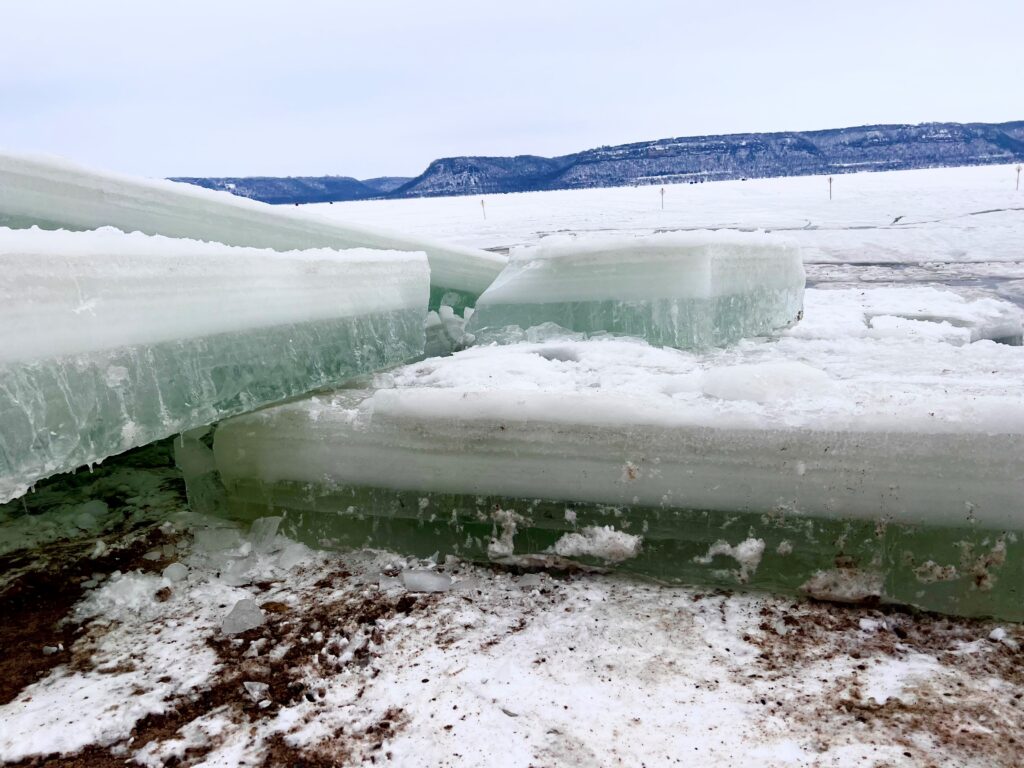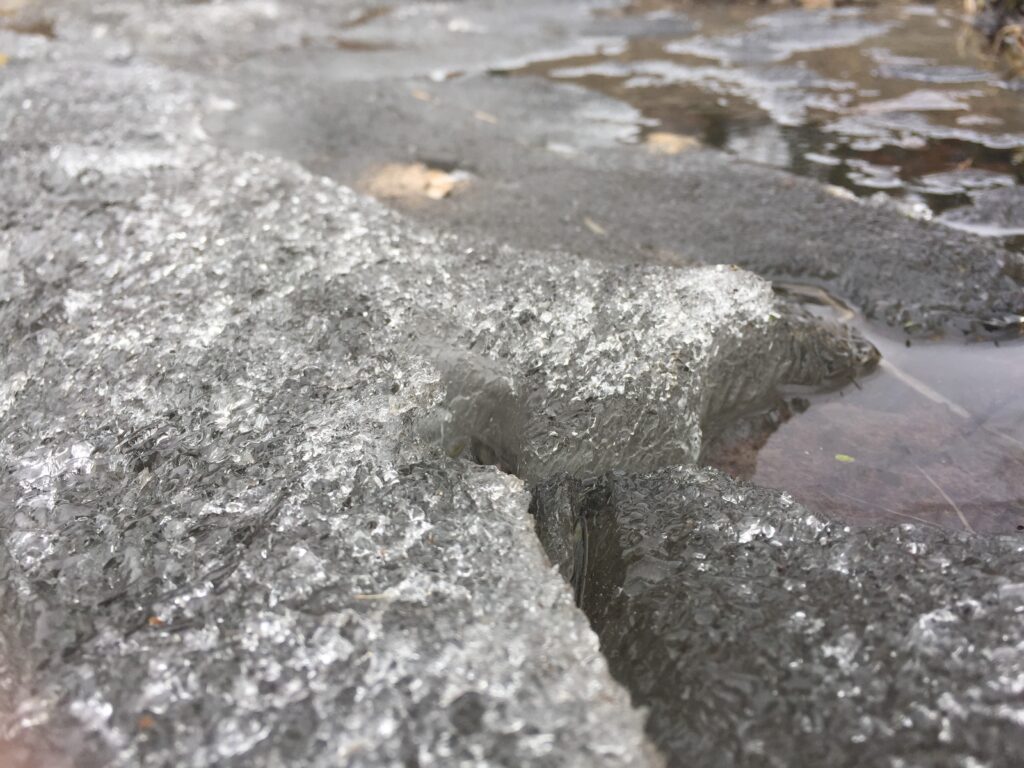Why has Upper Red Lake had so many incidents this year?
Upper Red Lake is a popular destination for early-season ice fishing, but going there does come with added risk.
“It’s actually the largest inland lake in Minnesota by a surface area, but it’s a really shallow lake,” said Minnesota DNR Ice Safety Coordinator Nicole Biagi. “Upper Lake only gets to be about 15 feet deep, and so as the perimeter freezes first, which happens on all lakes, it can get pretty thick before the middle of the lake even has ice. So even though you have maybe eight or ten inches of ice around the perimeter, which sounds like enough ice to go walking out on if the middle is still open water, wind can shift directions and push a nice chunk out towards the middle of the lake.”
This year has been especially dangerous for some areas of the lake. A large crack has been an issue for the south side of the lake.
“When we get these warmer temperatures and south winds, then it pushes the crack apart and then you’ll get a north wind that comes and it will push it back together, and so it’s just been back and forth, back and forth,” explained Greater Minnesota Rentals Marketing Director Marlys Lord Carlson. “The winds have been switching daily and it’s hard to get that crack to heal when we’ve had the variations in winds.”
Greater Minnesota Rentals has been the only private access closed since December 10th.
“We’ve been open for 17 years, and Captain Dave, who runs the ship, has never had to have a rescue situation out of our access. He’s very proud of that. Safety is always his number one priority for our anglers,” said Lord Carlson. “We’ve had great support from our anglers. They know that eventually, they’ll get out there, there won’t be anybody in that area for a long time, so they should be hungry and ready for anything that comes their way.”
While that access has been closed, others have had issues.
RELATED: 122 anglers rescued from Upper Red Lake
The Beltrami County Sheriff’s office issued a statement Saturday banning vehicles from accessing the lake.
“I feel bad for the people on the east side of the resort owners out there because they’ve got great ice over there,” said Lord Carlson. “They have no cracks, they have no issues. But you can’t enforce an order on part of the lake.”
With the ban on Upper Red Lake, anglers will be looking elsewhere, but are other lakes safe? The DNR says for many lakes, conditions have worsened in recent weeks.
“For the most part, I would say that most of the lakes right now are not safe for vehicle travel. So we don’t really recommend taking out ATVs on hardly any of the lakes across the state right now,” said Biagi. “There are lakes that are okay to walk out on, but even those people need to be very cautious because the lake conditions are variable right now. It might be four or five inches in one spot, and then you could find yourself on two inches in another spot. So it is important to keep checking as you go and have the right safety gear if you do go out.”
RELATED: What is ‘safe ice’?
The DNR would like to remind everyone that their ice safety guidelines are for good, clear ice. If any of the ice is white, it is recommended that you double the ice thickness guidelines. For instance, it is safe to walk on 4” of clear ice, but you need 8” if it is white.

A third type of ice, called honeycomb, is typically found during the springtime thaw cycle. That type of ice appears gray and has already been found on some lakes this season. If you see honeycomb ice, the DNR recommends staying off that lake entirely.

For ice conditions to improve, we need plenty of cold temperatures and no snow.
“Snow is a big factor in ice conditions, and has three major effects to look out for. One is it acts like an insulating blanket and it slows down the formation of new ice. So if we get a couple of inches of ice and then it snows, it’ll really slow down the formation of new ice as the winter goes on, even with the cold temperatures,” said Biagi. “And then in addition to that, when the snow is heavy, that just adds a lot of weight to the ice so it won’t be able to support as much weight. Then the third thing is that when the snow melts and refreezes, which happens often during our winters, then it refreezes and it forms white ice on top of good ice.”
The latest forecast can be found at this link. Cooler temperatures are expected, but there is a chance of snow.